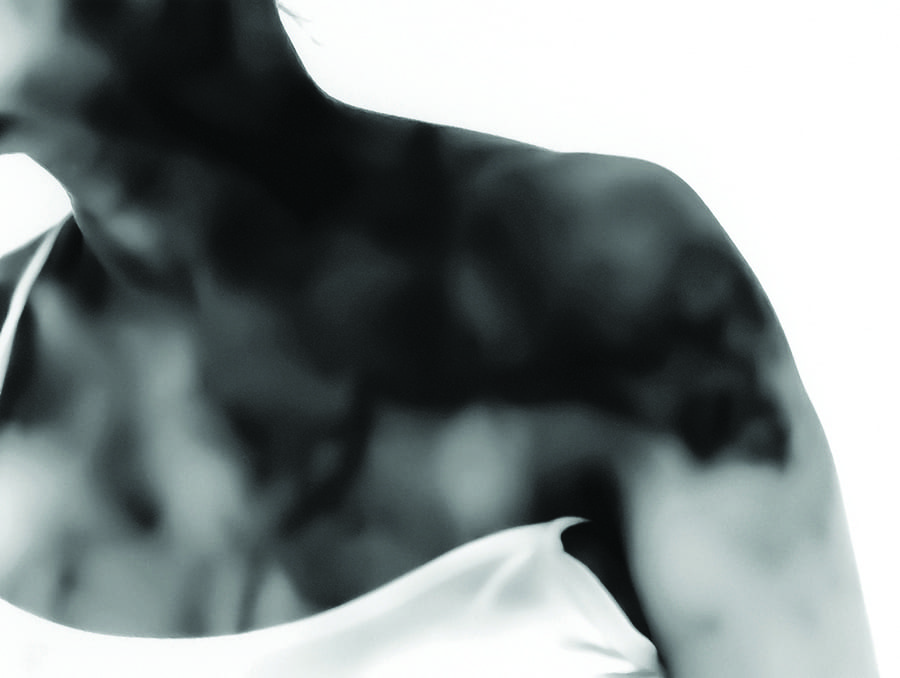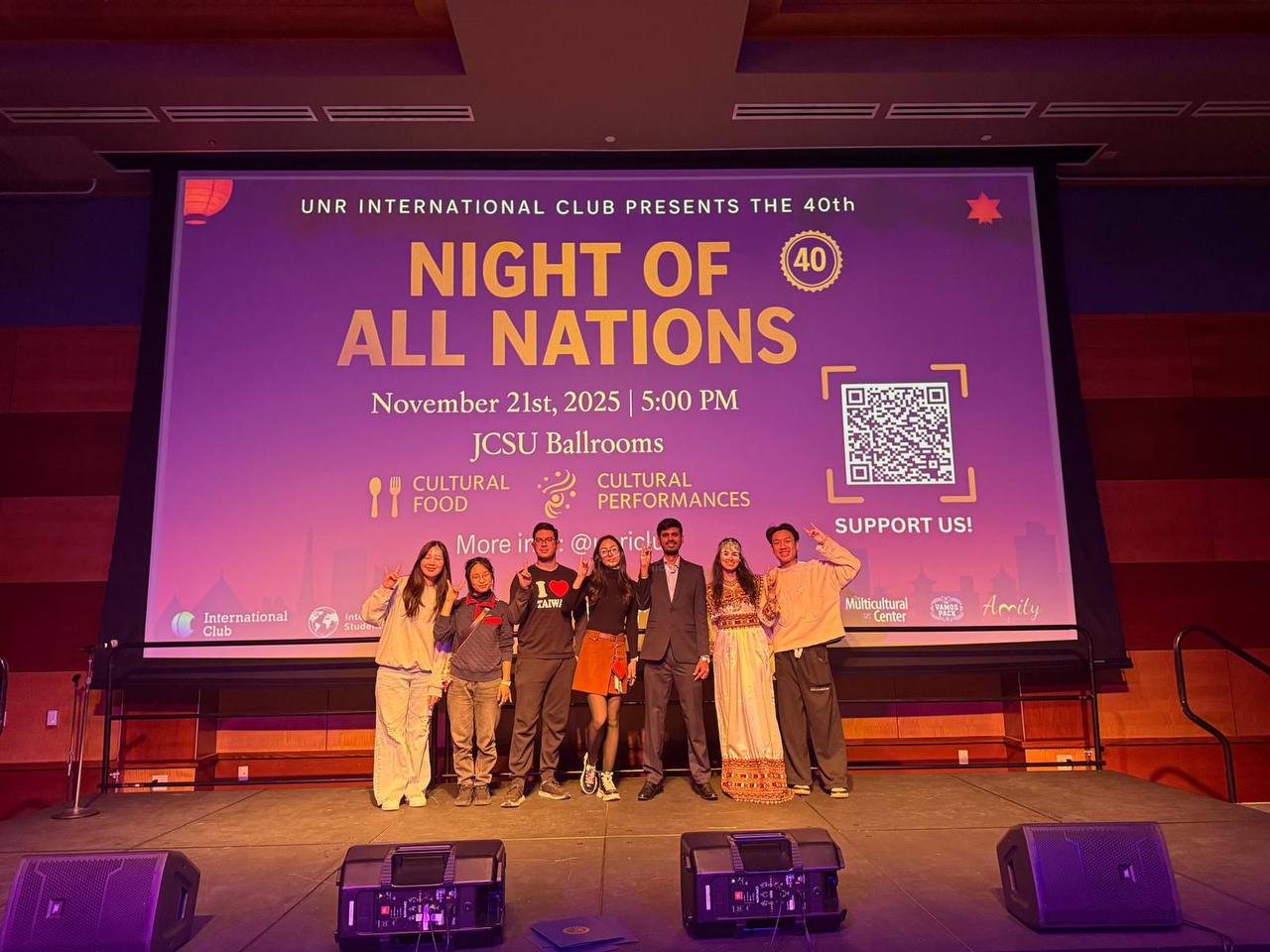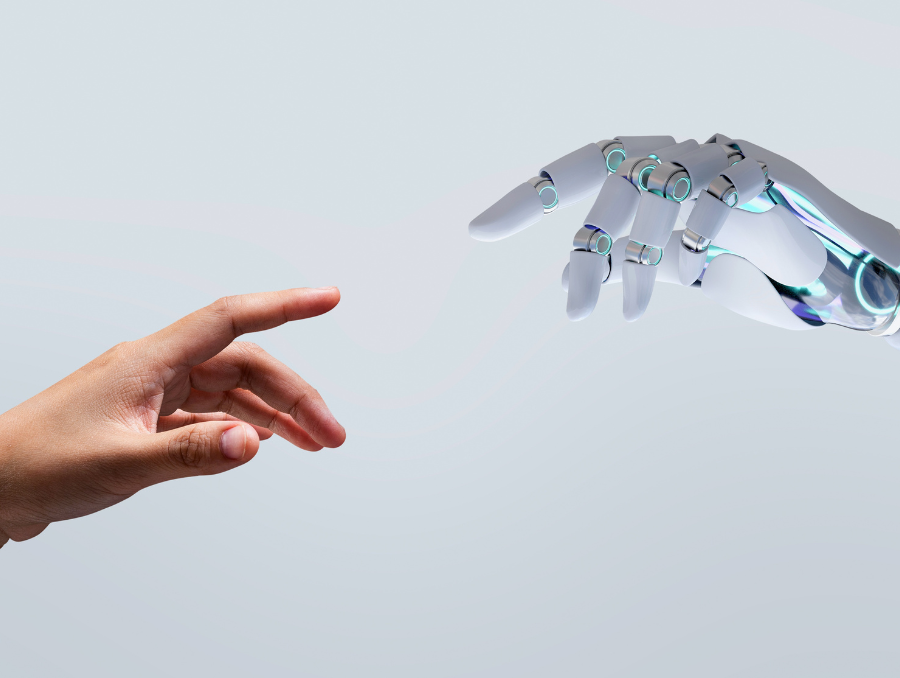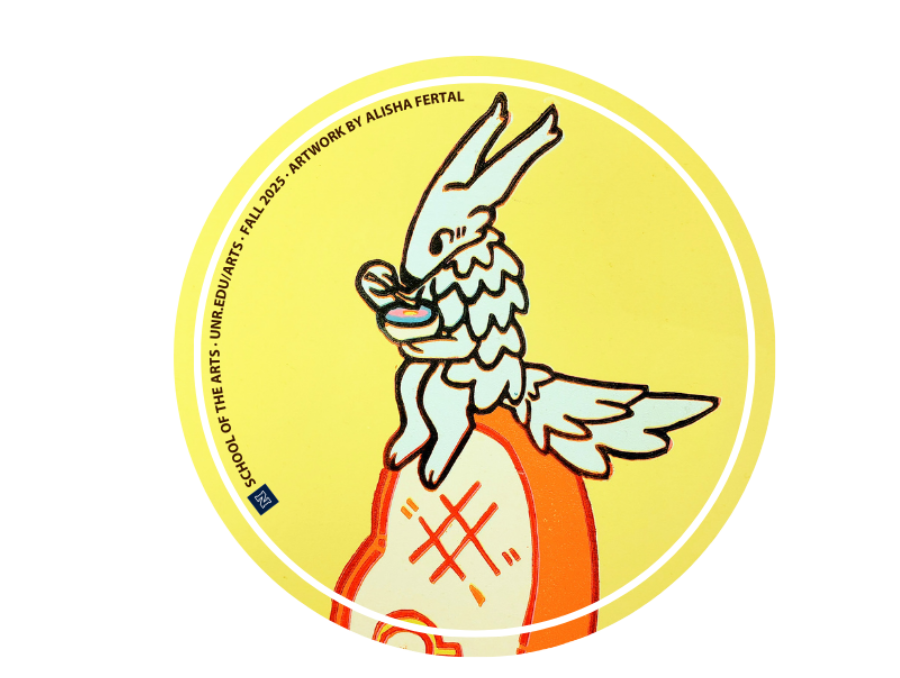On Thursday, April 13, 2023, the Lilley Museum of Art, the School of Public Health and the University of Nevada, Reno School of Medicine hosted “Visualizing the Vaccine,” a community conversation with artists, donors and public health experts about their experiences with the COVID-19 vaccine.
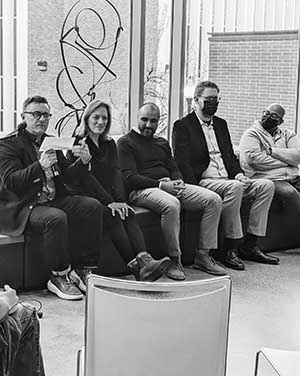 Visualizing the Vaccine Panelists
Visualizing the Vaccine Panelists“The very nature of public health is interdisciplinary and preventative,” Muge Akipinar-Elci, Dean of the School of Public Health, said. “It’s important to have collaborative discussions in our communities with people of varying backgrounds to share their experiences – it’s the best way to identify opportunities for growth and education. The ‘Visualizing the Vaccine’ event was a great example of how public health, art, medicine and journalism are intertwined and building the connection between these disciplines will only serve to strengthen our communities and improve health outcomes.”
The community conversation featured panelists Linda Alterwitz, artist, Daniel Cook, associate professor within the School of Public Health, Dr. Amneet Rai, clinical research pharmacist, and Felicia Perez, artist. In addition to discussing their experiences with the COVID-19 vaccine, the panelists talked about Alterwitz’s ongoing series, “Injection Site: Making the Vaccine Visible.”
In this remarkable photographic study, Alterwitz uses a high-resolution thermal camera to document and track the body’s reaction to the COVID-19 vaccine. The resulting photographs reveal unique immunological responses and provide an entry point into a dialogue about public health, personal choice and our responsibility to one another.
"Three years after the advent of this global pandemic, we are craving new ways to talk about our experiences,” Stephanie Gibson, director of the Lilley Museum of Art said. “Linda Alterwitz's compelling exhibition, ‘Injection Site,’ offers a gateway into a conversation about pain, loss and our collective responsibility."
“In 2020, I thought deeply about how art could make a substantial impact upon the politically-charged global medical crisis,” Alterwitz said. “In this series, I invite viewers to experience a heightened sense of awareness to the physiological effects of the COVID-19 vaccination by traversing the science and the constructs that have created divisions.”
For over a decade, Alterwitz has engaged in a deep investigation of the body, mapping shapes, crevices, bones and veins. In her most recent series, Alterwitz photographed over 140 participants at different stages based on the amount of time since injection, ranging from fifteen minutes to four weeks after receiving the vaccine.
“As attitudes towards the vaccine continue to divide us both socially and politically regarding personal choice versus public health, my intention is that this series of photographs will ignite conversation and inspire the viewer to pause, consider the actions and feelings of others, and strive toward a mutual understanding that will help promote and preserve the health and well-being for all of us,” Alterwitz said.
“Injection Site” is on display in the Front Door Gallery in the Church Fine Arts Building at the University of Nevada, Reno through June 25, 2023.
The John and Geraldine Lilley Museum of Art supports the educational mission of the University of Nevada, Reno, and enhances the cultural life of our Nevada community by providing inclusive programming, diverse and stimulating exhibitions, and research and teaching opportunities in its transcultural collection.
